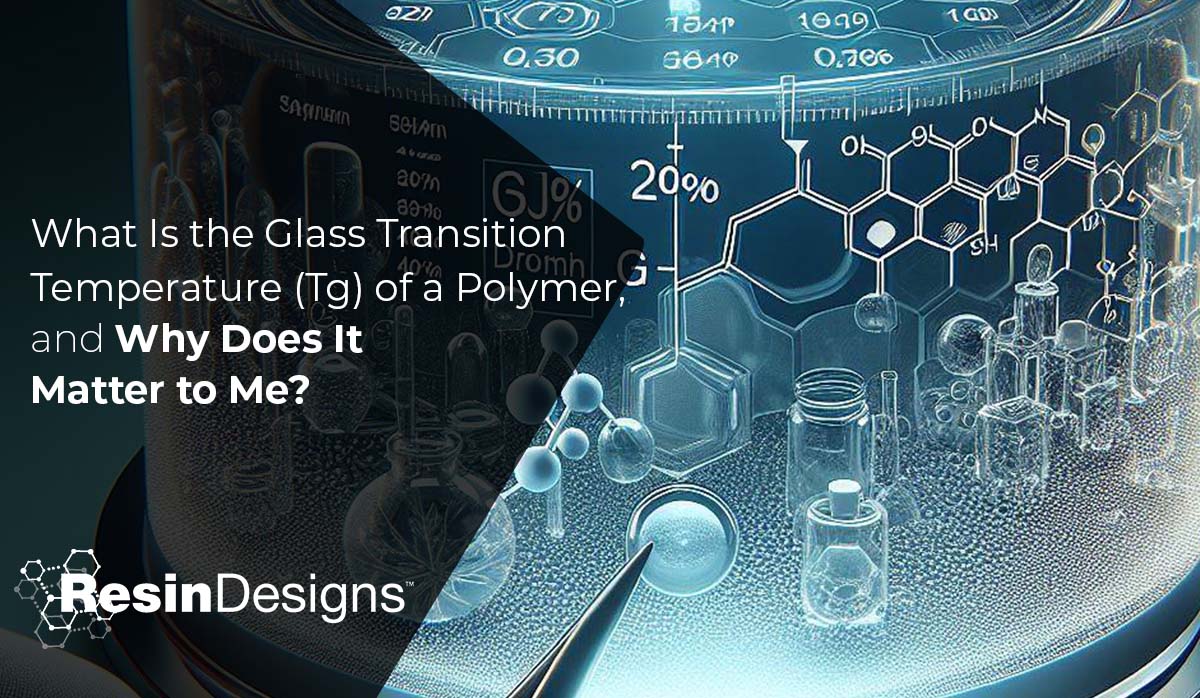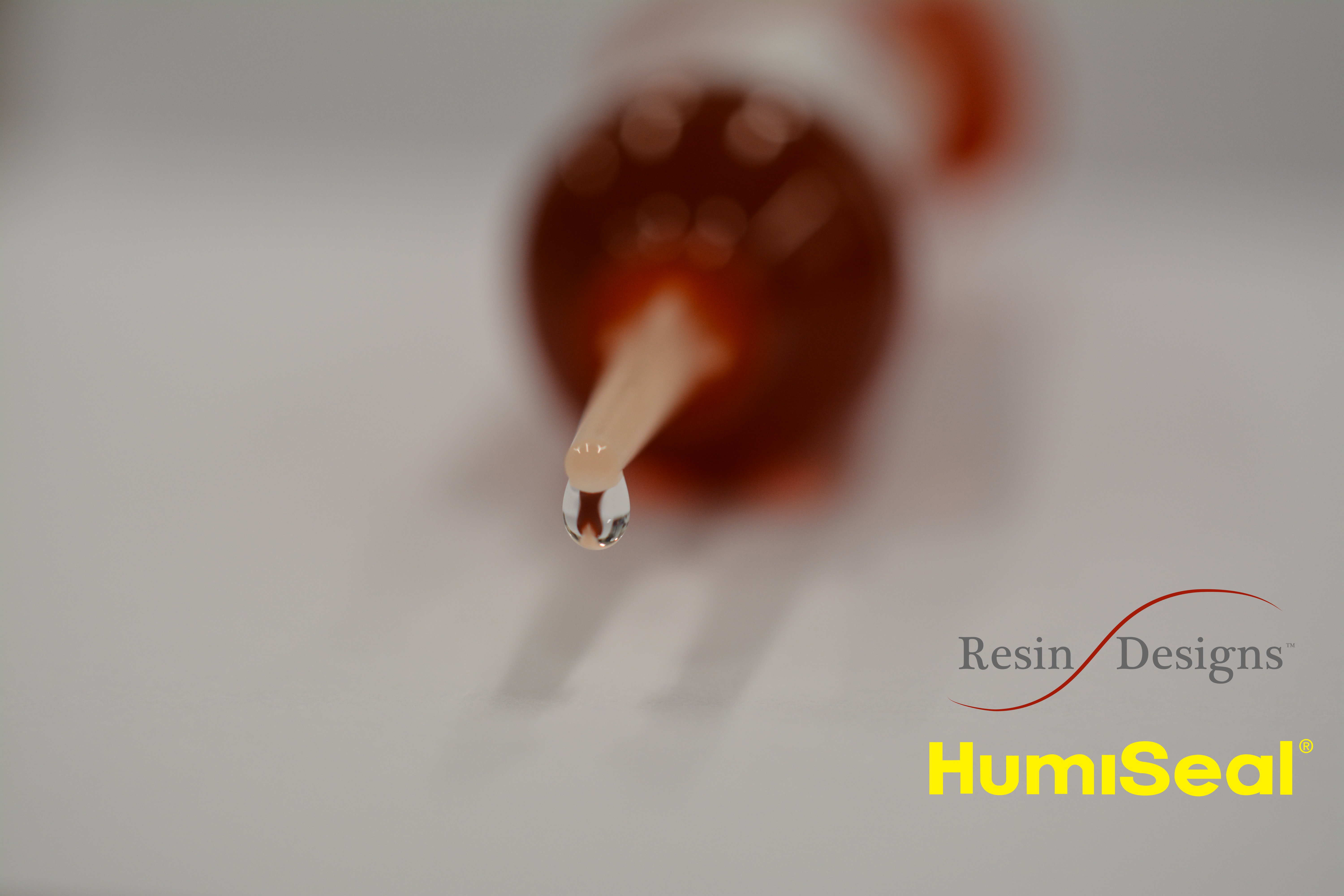image: Plastic transitioning from solid to amorphous
One of the most common terms that you hear when discussing polymers used as adhesives and coatings is the “glass transition temperature” (often abbreviated Tg). This property is in fact one of the most critical to consider when choosing the correct material for your application. Since many of us never got further than high school physics and chemistry, this term can be a little confusing and deserves explanation.
A layman’s definition of the glass transition temperature of a polymer is the temperature at which an amorphous polymer moves from a hard or glassy state to a softer, often rubbery or viscous state.







